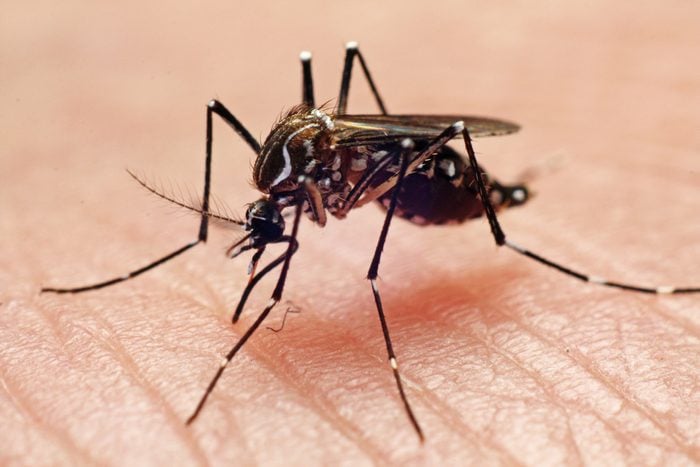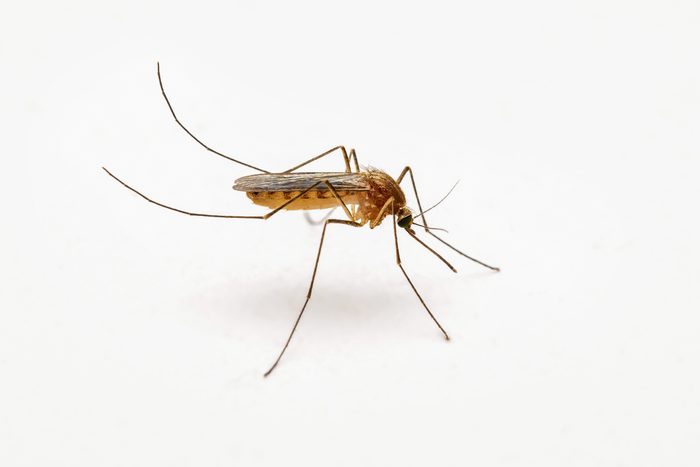
Northern House Mosquito
Also known as the common house mosquito, Culex pipiens is native to Africa and has spread throughout North America. It’s really tiny, about three to four millimeters long, and grayish to pale brown. It’s most commonly found in the northeastern U.S. and southeastern Canada.
Active around wastewater and other polluted bodies, it carries pathogens that infect humans and livestock. Walker says it’s associated with the spread of West Nile virus and other diseases.
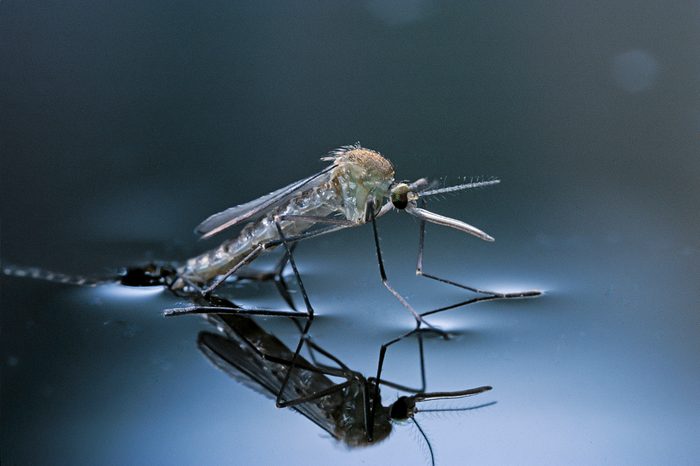
House Mosquito
This species, Culex tarsalis, can be found mainly in the Midwest and West. It’s mostly black with a white band on its proboscis (the mouth part used for eating and biting) and white stripes along its middle and hind legs.
Most active at sunset and a few hours afterward, it’s known for its particularly painful bite. Although not widely associated with the spread of disease as other species, it’s also known as the Western Encephalitis mosquito.
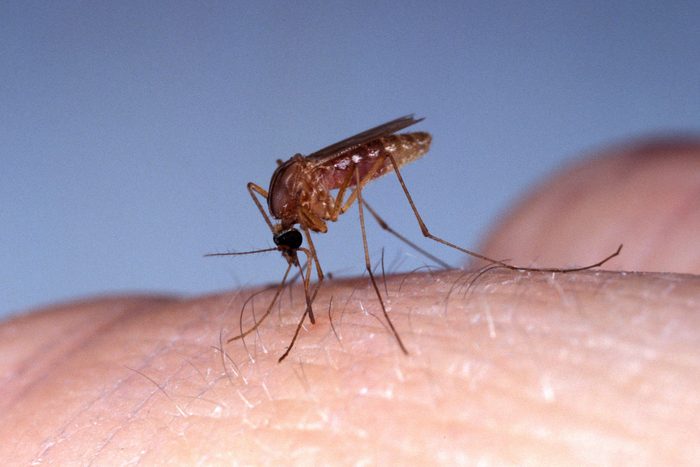
Southern House Mosquito
This mosquito, Culex quinquefasciatus, mainly ranges from Virginia across the southern Plains to southern California, though it has been detected as far north as southern Iowa. Reaching 4-1/4-mm long, it’s mostly brown, although the head is slightly lighter than the rest of the body.
Active at night, it’s known to spread St. Louis encephalitis, Western equine encephalitis and avian malaria.
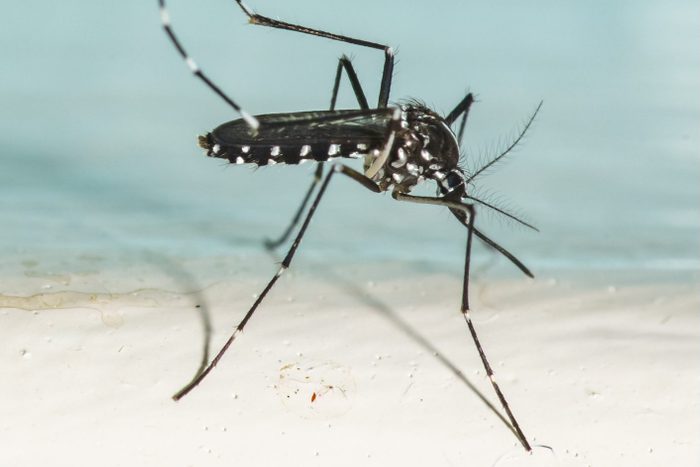
Asian Tiger Mosquito
This species, Aedes albopictus, is known for its black-and-white striped body and legs. A relative newcomer to North America, its natural habitat is Southeast Asia and was introduced to Florida in 1985. Walker notes this mosquito has been known to overwinter as far north as Detroit.
Walker says it’s known to carry dangerous viruses, including the dengue virus. Females bite during the daytime. The males don’t bite.
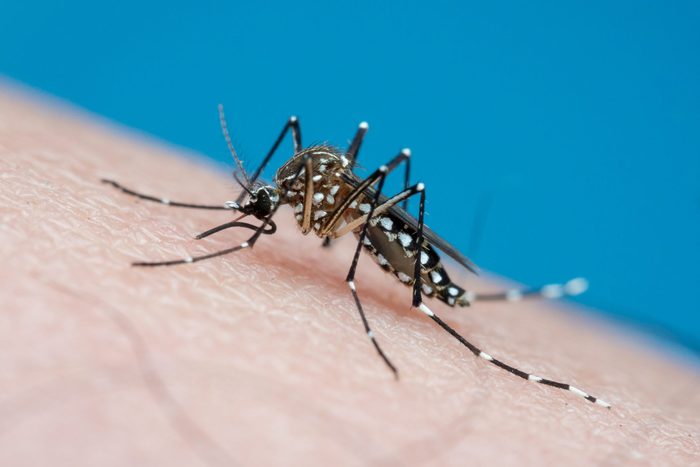
Yellow Fever Mosquito
This mosquito, Aedes aegypti, is one of the most dangerous in North America. Native to Africa, it’s can be as long as seven mm, with a dark body punctuated by white markings on the back and legs.
Spread to the New World during the slave trade, this species is found throughout the South, as far north as Massachusetts on the Eastern Seaboard, and west to the Washington/Oregon border. Besides yellow fever, Walker says this mosquito is known to spread the dengue virus. And it’s the main vector for transmission of Zika virus to humans.
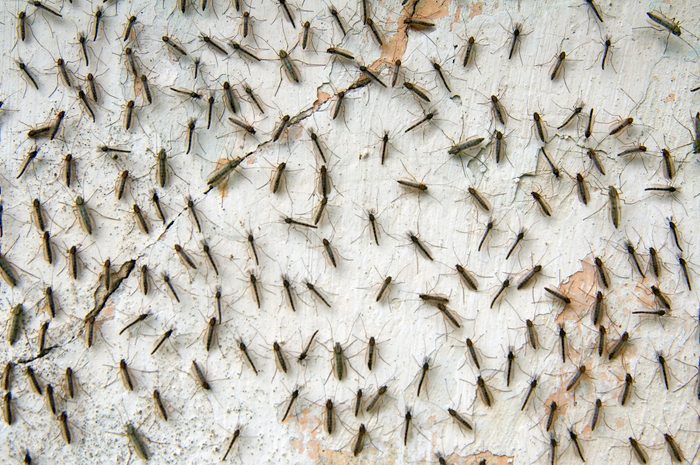
Salt Marsh Mosquitos
This common name encompasses two species, Aedes taeniorhynchus and Aedes solicitans. Both learned to breed in saltwater and are found along coastlines in Florida, Louisiana and other places on the Gulf Coast. Active during the day, they bite ferociously.
Walker says these mosquitoes breed in “incredible numbers” in marshes and mangrove swamps. Aedes taeniorhynchus is black with white speckles, while Aedes solicitans is more of a uniform brown color. Both will fly up to 20 miles in search of food.
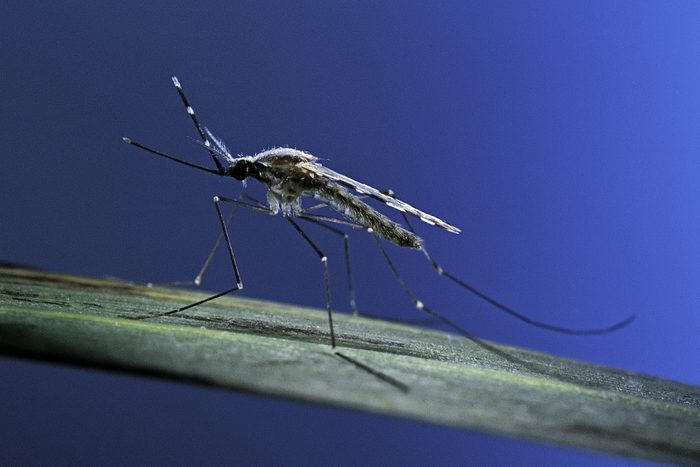
Malaria Mosquito
Another mosquito introduced to North America during the slave trade, Anopheles encompasses multiple species, five in Michigan alone. As the common name suggests, it’s notorious for spreading malaria. It’s found in the Eastern U.S. from the Mexican to Canadian borders, and as far west as the Great Plains.
Anopheles has a curious quirk that makes it easy to distinguish from other mosquitos: When it’s at rest on your arm and about to bite, its stomach points up. It’s blackish to dark brown.
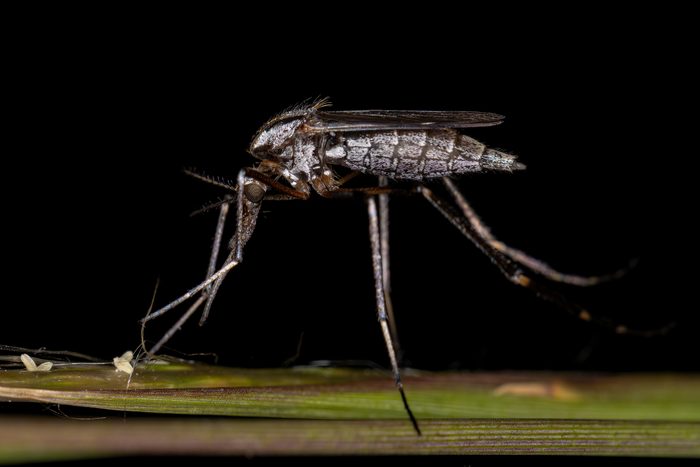
Gallinipper
This mosquito species, Psorophora ciliata (Fabricius), derives its common name from its ferocious bite. Basically a New World breed, it’s found in the Eastern U.S. from the Canadian to the Mexican border, and as far west as New Mexico.
A floodwater species, it lays its eggs in low-lying areas with damp grass. The eggs hatch in large numbers when the areas flood. It’s one of the largest mosquitos found in North America, up to 6.7-mm long. Its black body features yellow bands on the thorax. Because of the dark scales on the hind legs, it’s sometimes known as the shaggy-legged gallinipper.

